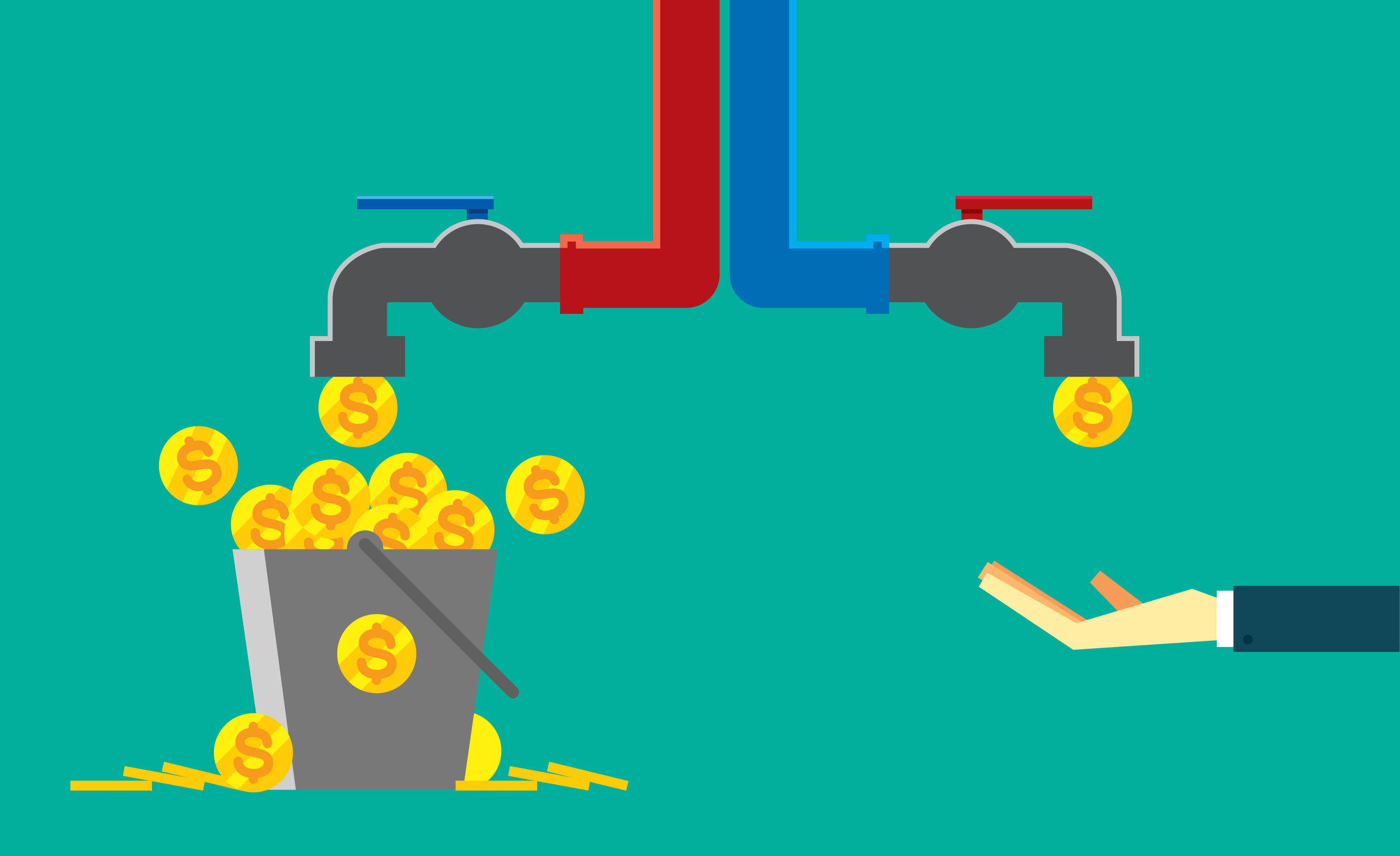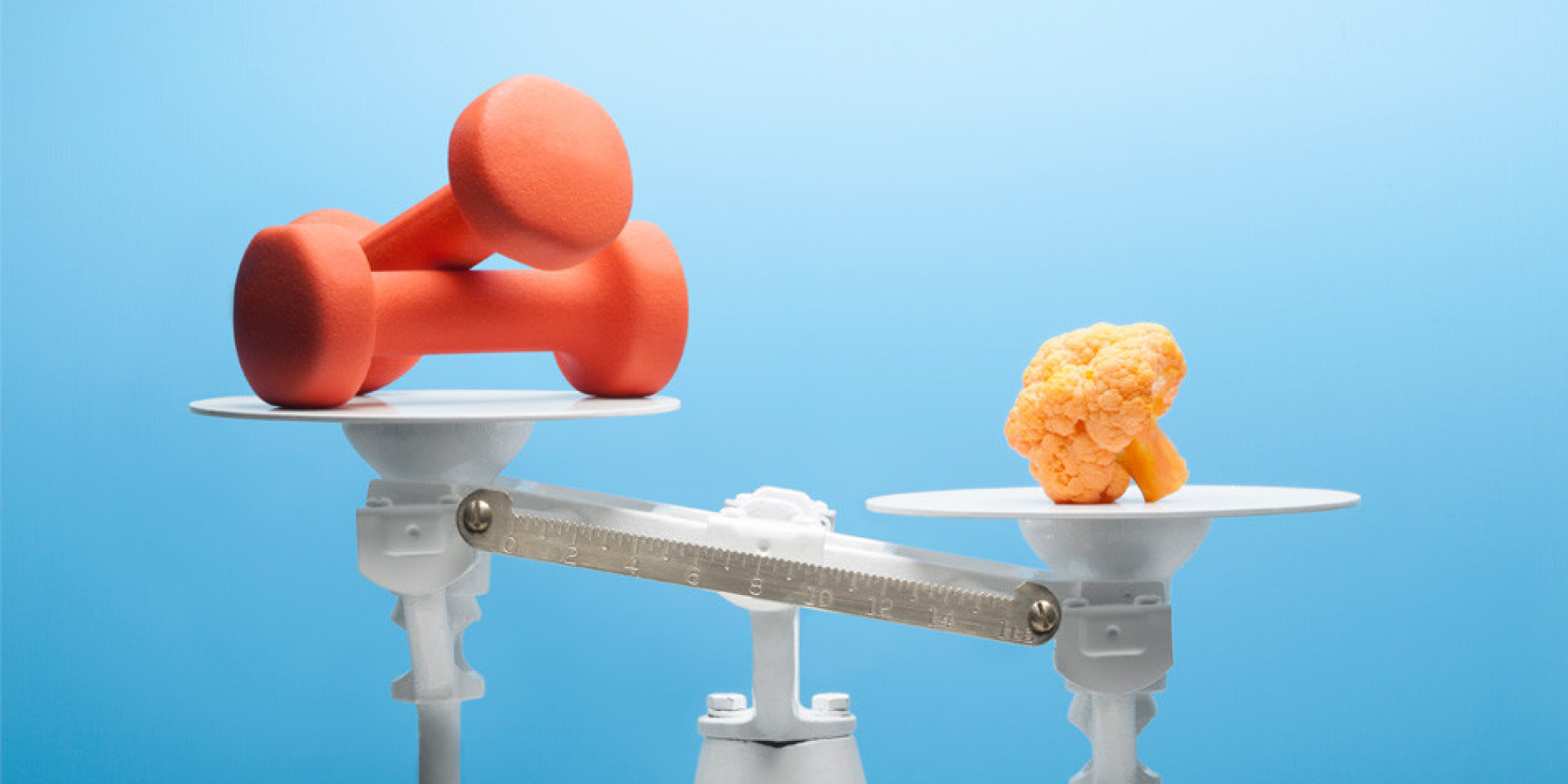Warming Up For Resistance Training
General Warm-Up
One of the worst things you could possibly do in the gym is not warming up. Working out with cold muscles will increase the chance of muscle tears, injuries, and negatively impact your athletic performance. The purpose of a general warm-up is to increase core body temperature, respiration and blood circulation to working muscles. A general warm up may consists of any low intensity movements plus self-myofascial release (soft tissue massage) and any stretching that will aid in preparing your body for the workout ahead.
5-10 minutes on the rowing machine, elliptical or treadmill is generally very effective. Aim for 50% – 60% of your max heart rate. To calculate your max heart rate, use the following equation: MaxHR = 220 – Age.
Example: A 20 year old trainee will have a max heart rate of 200 beats per minute (BPM), so following the guidelines given, this 20 year old trainee will aim for a heart rate of 100 BPM to 120BPM.
Self Myofascial Release and Stretching
Self Myofascial Release (SMR)( also known as soft tissue massage or foam rolling) is a technique used to reduce muscle soreness and increase range of motion on a given joint. The most popular equipment used for SMR is the foam roller and the lacrosse ball. It is generally suggested that you foam roll the muscles that you will be working for the day, but I’m an advocate of spending the extra 5-10 minutes to do a thorough full body routine to make sure my whole body is ready for the upcoming training session. Here is my SMR routine, ALWAYS done after a general warm-up, covering most major muscle groups from the bottom up:
Feet (with a lacrosse ball)
Tibialis Anterior (front of the calves, muscle beside your shin bone)
Calves
Hamstrings
Adductors (inner thigh)
Quadriceps
IT Band (side of your thighs)
Glutes (butt) (with a lacrosse ball)
Lower Back (Lumbar Region)
Upper Back (Thoracic Region) (with a lacrosse ball)
Chest
Much like massage therapy, foam rolling hurts. It will be very uncomfortable when starting out but you eventually acclimate to the pain. Using softer foam rollers for a few weeks before moving onto sturdier rollers (PVC pipes) is generally a good idea.
Follow these SMR Guidelines for safety and effectiveness:
1. Relax/Stay loose during foam rolling
Think about next weekend, think about how awesome your workout will be, think of anything that takes your mind off of the uncomfortable pressure that comes from foam rolling.
2. Roll slow and rhyhthmic
Take slow, steady and long passes when foam rolling any bodypart
3. Tender spots
When you find a tender spot, stay there and apply pressure to that one area for approx. 20-30 seconds or until tenderness is reduced
4. Control your weight
Be aware of how much your bodyweight is being applied to the muscle group being foam rolled, apply less pressure for more sensitive areas or apply more pressure on less sensitive areas that can take it.
The Lacrosse Ball
The lacrosse ball can act as a substitute for the foam roller when trying to get into tender spots on your body that are harder to reach and harder to direct the pressure to.
Stretching
The main goal of stretching is to increase the range of motion in a given muscle as well as alleviate any pain. Stretching is also done to maintain a healthy posture and to correct any muscle imbalances or tight muscles that may interfere with force production or exercise execution. There are many kinds of stretches, each with it’s own purpose. Static stretching, active stretching, dynamic stretching just to name a few. Knowing how and when to utilize these stretching techniques will benefit performance greatly.
Static stretching involves holding a muscle in a stretched position for approximately 20-30 seconds.
Active stretching involves stretching a muscle with an agonist (opposing muscle group), This type of stretching uses the principle that contracting a certain muscle group will cause the agonist to stretch.
Dynamic stretching is similar to active stretching but it differs from active stretching because you are always moving, hence the word dynamic.
Which stretches should I do and when should I do them?
Why pick? Do all of em. I do all 3, static, active and dynamic stretching after my general warm up and before my specific warm up. I also spend 10-15 minutes at the end of my workout doing static stretches and really focus on my flexibility and recover so my muscles and joints are ready to go and I can smash my next workout.
Does Static stretching before a workout actually decrease performance?
The logic behind this claim is that static stretching puts your muscles in an unfavorable, over-lengthened state which attributes to decreased force production, which in turn decreases athletic performance and power. The answer is yes and no. Yes, holding a stretching for 30-60 seconds will lengthen your muscle into unfavorable conditions that will cause a drop in force production, but this is assuming you attempt a heavy lift immediately after stretching. But that holds no relevance in the real world. Since the time between a static stretching routine and the actual workout can range from anywhere between 20-30 minutes, it is possible to rake in the benefits of static stretching without sacrificing force production when it is time to perform. So in practice, what does this mean? Do not hold your static stretches for longer than 20-30 seconds, perform active and dynamic stretching in addition to your static stretching, as well as perform a specific warm up for the movement pattern that you will be executing.
Below are awesome videos on warming up and stretching by DeFranco’s Training System’s own Joe DeFranco and Bryce Lewis, a competitive powerlifter and bodybuilder part of Team 3DMJ.
Joe DeFranco’s Limber 11
http://www.youtube.com/watch?v=FSSDLDhbacc
Bryce Lewis’ Choose Your Adventure Warmup Routine
http://www.youtube.com/watch?v=DRfxeWZrODQ
Specific Warm up
Do you walk in the gym and immediately throw 135 on the bar and start your bench pressing? If so this part is especially for you.
A specific warm up is a warm up that is specific to the movement pattern/exercise you will be performing with a higher intensity later on. This means bench pressing lighter weights or performing tricep pushdowns as a warm up to your max bench, this means deadlifting lighter weights or performing back extensions as a warm up to your top set of deadlifts. Doing calf raises in preparation for your bench press would make no sense would it?
The Right Amount
There are people who don’t warm up at all, then there are people who warm up too much. What’s the right amount?
Let’s say you have a 1 Rep Max (1RM) of 360 on the deadlift wanted to work up to working set of 315 pounds x 5 reps:
135×3
185×2
225×1
315×5
This is way too little volume to be considered a warm up, the lower back, hamstrings and muscles used for the deadlift are not getting sufficient activation and blood flow.
135×8
155x8
185×8
205x8
225×8
255x8
275×8
295x8
315×5
This is an example of someone overdoing their warm up. 8 reps sets with each of those weights will definitely cause some degree of muscle and cardiovascular fatigue and hinder your performance IF your focus is on the top set (315×5).
135×8
185×8
225×6
245×4
275×3
315×5
This is my preferred method of warming up. Notice the pyramid scheme and how as the warm up weight gets closer to my working set weight, I’m decreasing the reps I do to ultimately preserve energy to perform my 315×5 set with full muscle efficiency and power. The main principle I’m using here is progression. By progressing with small weight increments, the chance of injury and fatigue is small and all the benefits of a warm up can be achieved. This holds true for other exercises as well, whether doing bicep curls or heavy squats. You will notice that the stronger you are in a lift, the more thorough warm up you will have to do.
Note: It is generally a good idea for beginning lifters to take smaller jumps in weight increments just to practice your form and better ready yourself for the top set. This might mean taking a jump from 135×8 to 155×8 rather than 185×8. The general rule is: the lower your 1RM, the smaller increments you will make in your warm ups.
Activation (non-specific warm up)
Activation refers to the activation of certain muscles through the use of exercises that differ from the main exercise you’re trying to perform. This means warming up, for example, the muscles used in the squat, by means of leg extensions, hip adductor machine, or any movement that isn’t the squat (typically done prior to specific warm ups). The purpose of activation exercises is to directly activate, warm up, and stimulate muscle groups that are imbalanced or muscle groups that can’t be targeted while doing a compound movement like the squat. Using myself as an example, I find it very hard for me to “feel” direct stimulation of my hamstrings while deadlifting, so I fix this problem by doing exercises that target the hamstrings specifically, whether it’s hamstring curls or a dynamic stretching routine focused on the hamstrings. This helps me “feel” the tension in my hamstrings, and it lets me know how my hamstrings should feel like during a deadlift so I can focus on activating them while performing the deadlift.
Common Mistakes Warming Up
1. Just simply not warming up
Obviously.
2. Confusing a general warm up with cardio
Unless your workout is specifically geared towards increasing cardiovascular performance, leave the cardio until the end of the workout, a general warm up should only be 5-10 minutes.
3. Not stretching
Let’s face it, no ones excited to go to the gym to stretch, you don’t have to do it. But I’m telling you now, if you do, your posture will be fixed by addressing muscle imbalances via stretching, your performance will improve in the long run and it’s beneficial for your long term musculoskeletal health! So… do it, or regret it sometime in the future when you have a flexibility and range of motion equivalent to a rock.
4. Holding static stretches for too long
There is no need to hold your stretches for any longer than 20-30 seconds
5. Understimulating or over fatiguing yourself
I addressed this in the section titled “The Right Amount”
There is no secret behind warming up, these methods have been used by elite athletes and coaches around the world and as you can see, warming up itself is a lot of work. Those who will benefit from this are those who are willing to put in the work, those who are willing to put in the extra 20-30 minutes to warm up before a workout. Take care of your body and it will take care of you.










